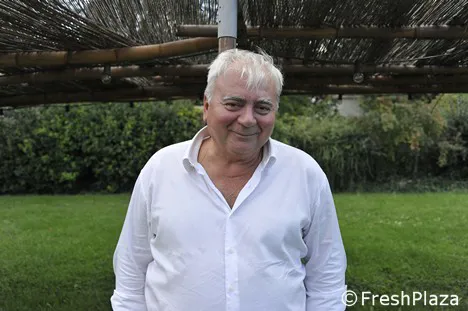"Due to the weather in spring, many areas in Italy will produce less kiwifruits than in a normal year. I believe that, in the Ravenna province (Emilia-Romagna), we will only reach 50%. We need to focus on nutrition to obtain a product with high Brix levels and grades," reports technician Pietro Cimatti.

Cimatti boasts extensive experience when it comes to kiwifruit. "I saw the first plants in 1971, they were the first to arrive in Italy directly from New Zealand. In 1976, I studied nutrition techniques in Israel. What is important is to keep updated and never presume there is nothing left to learn."
Cimatti works with businesses all over Italy. "Here in Faenza (Ravenna), I am visiting a few companies growing Jin Tao kiwifruits. Although the cold weather caused a 50% drop in quantities, quality is exceptional. Fruits weigh already 90 grams and there are still a few weeks to go before harvesting begins in October. Nutrition is the secret."
The technician highlights how leaf analysis is essential. "Late summer is ideal to carry out analyses with the help of an expert laboratory. The nutritional plan must be adjusted every year according to the results. Leaf analysis is just like a blood test for humans."
He also recommends using a double drip line as "each dripper supplies half the water than a single drip line, but supplies more than double the plants, with better results."
Contacts:
Pietro Cimatti
Email: [email protected]
